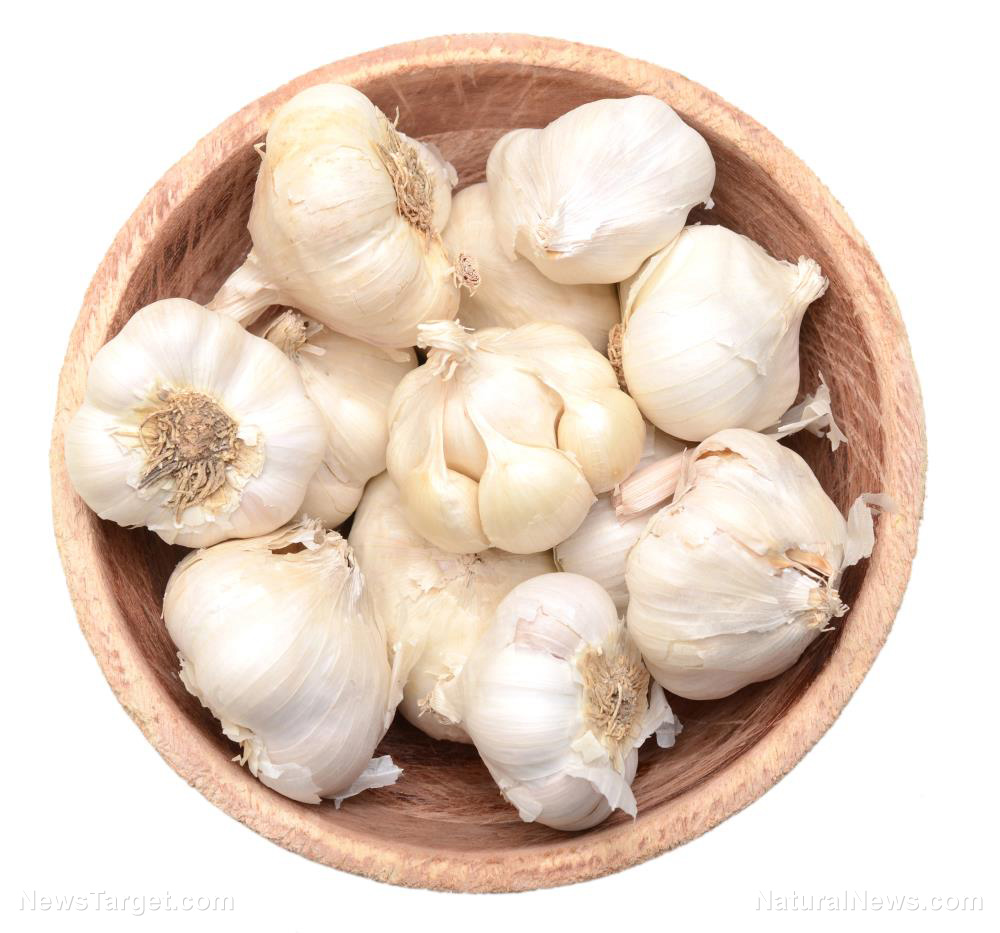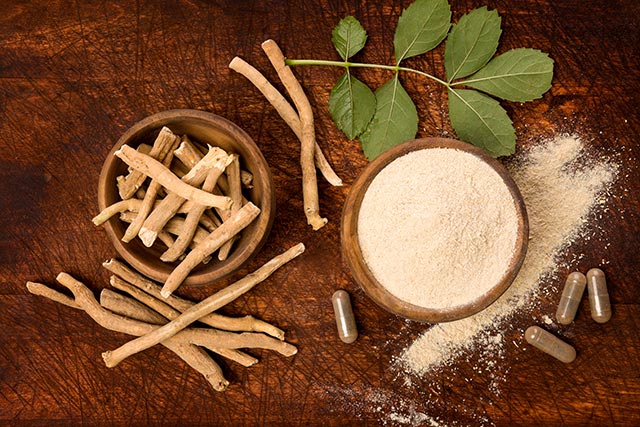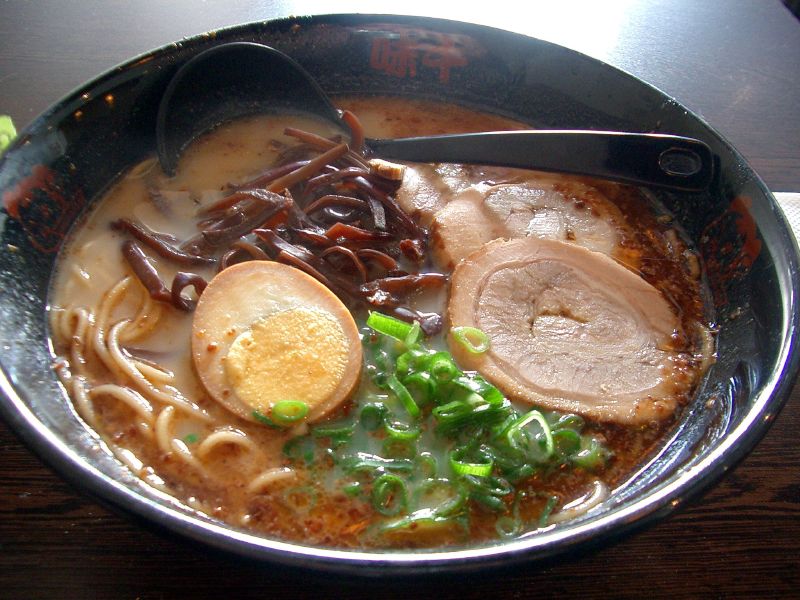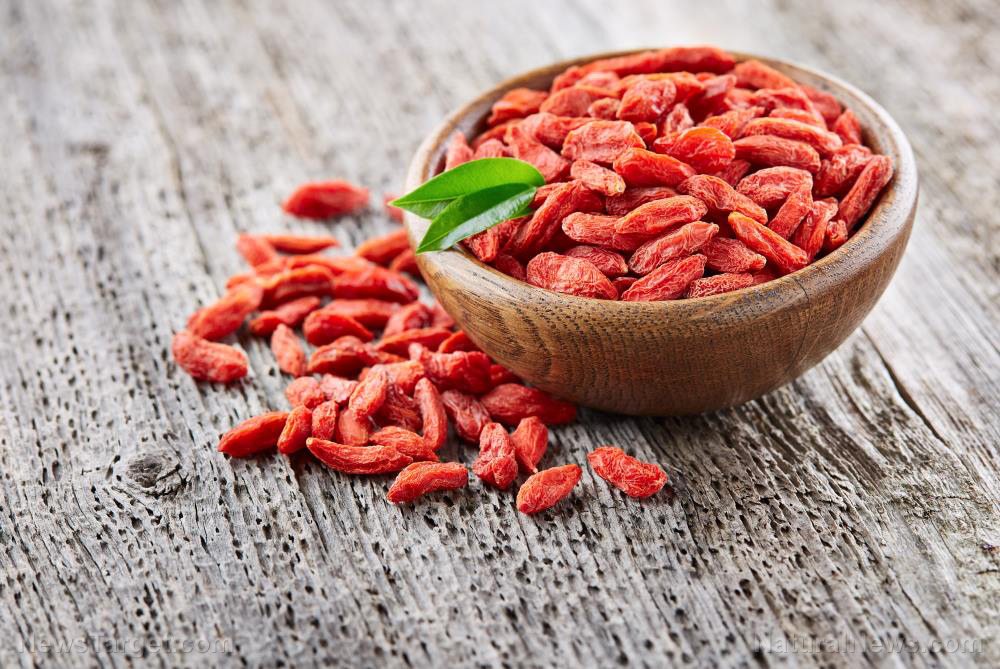
- Garlic, whose roots can be traced back to Central Asia, Egypt, Greece, China and India, has been used as food and medicine for over 5,000 years. Early civilizations highly valued garlic for its ability to heal and support strength and endurance.
- Garlic is rich in essential nutrients like vitamins B6 and C, manganese, selenium and fiber. It also contains potent bioactive compounds such as allicin, quercetin and sulfur compounds.
- Garlic supports heart health, immunity, digestion, bone strength and blood sugar regulation. Its antioxidant, anti-inflammatory, antimicrobial and antiviral properties contribute to disease prevention and overall wellness.
- While highly beneficial, excessive garlic intake may cause digestive issues and bad breath. It can also interact with blood-thinning medications. Quality and sourcing also matter; organic and locally grown garlic is safer than some imported varieties.
- Garlic can be consumed raw, cooked or fermented. Popular uses include sauces, soups, stir-fries, marinades and health remedies like garlic honey or black garlic.
Brief history of garlic
Garlic originated in Central Asia over 5,000 years ago and is one of the oldest cultivated plants in the world. Its medicinal use was documented in ancient Sanskrit texts, and it has been a staple in Chinese medicine for at least 3,000 years. By 4,500 BCE, garlic had spread to Egypt, where it was fed to laborers building the pyramids for strength and endurance. An Egyptian medical papyrus from around 1,550 BCE also praised garlic's healing properties. The ancient Greeks and Romans later adopted garlic to boost athletic performance and treat infections. After the Roman conquest of Britain in the first century AD, garlic was introduced to Europe, where it became valued for its health benefits. Throughout history, garlic has been used in Traditional Chinese Medicine (TCM) and Ayurveda to aid digestion, support respiratory health and cleanse parasites. Today, modern research has confirmed garlic's antimicrobial and cardiovascular benefits, solidifying its role in both natural medicine and global cuisine.Nutritional profile and health benefits
Despite its small size, garlic is loaded with essential nutrients and bioactive compounds. A 100-gram (g) serving of raw garlic contains:- 6.4 g of protein
- 2.1 g of fiber
- 31 percent of the recommended daily intake (RDI) for vitamin C
- 95 percent of the RDI for vitamin B6
- 80 percent of the RDI for manganese
- Selenium, calcium, potassium and iron
- Bioactive compounds like allicin, diallyl disulfide (DADS), s-allylcysteine (SAC), quercetin and other flavonoids
Boosts immunity
- Garlic's high vitamin C content can strengthen the body's immune defenses while selenium enhances antioxidant activity. Allicin, garlic's key sulfur compound, exhibits broad-spectrum antimicrobial effects, helping the body combat bacterial, viral and fungal infections more effectively. Additionally, garlic's prebiotic properties support gut health, which is closely linked to immune function.
Supports heart health
- The potassium in garlic helps relax blood vessels, aiding in blood pressure regulation, while allicin inhibits angiotensin II, a hormone that constricts arteries. Flavonoids and vitamin B6 help reduce LDL ("bad") cholesterol oxidation and prevent plaque buildup in arteries, improving overall circulation. Studies also suggest that garlic's sulfur compounds can reduce arterial stiffness, further protecting against cardiovascular disease.
Anti-inflammatory and antioxidant effects
- Manganese acts as a co-factor for antioxidant enzymes like superoxide dismutase (SOD), which neutralizes free radicals that cause cellular damage. Quercetin, a potent flavonoid in garlic, reduces inflammation by inhibiting pro-inflammatory cytokines, while DADS modulates inflammatory pathways linked to chronic conditions like arthritis and heart disease.
Aids digestion and gut health
- Garlic contains plenty of dietary fiber that promotes regular bowel movements and feeds beneficial gut bacteria. Its prebiotic compounds, particularly fructooligosaccharides, also stimulate the growth of probiotic (beneficial) bacteria like Lactobacillus, enhancing gut microbiome diversity. Additionally, garlic's antimicrobial properties help balance gut flora by suppressing harmful pathogens like H. pylori.
Enhances bone strength
- Calcium and phosphorus in garlic contribute to bone mineralization, while manganese supports collagen production which is essential for bone structure. Regular consumption of garlic may help slow bone loss in postmenopausal women, reducing osteoporosis risk. Some studies suggest that garlic's sulfur compounds may also enhance estrogen levels, further protecting bone density.
Helps regulate blood sugar
- SAC, a bioactive compound in aged garlic, improves insulin sensitivity by enhancing glucose uptake in cells. Research indicates that garlic can help lower fasting blood sugar levels in diabetics and reduce insulin resistance. Its antioxidant properties also help mitigate oxidative stress, a key factor in metabolic disorders like Type 2 diabetes.
Acts as an antimicrobial and antiviral
- Allicin and other sulfur-based compounds in garlic exhibit potent antimicrobial effects, effectively combating bacteria, viruses and fungi. These compounds disrupt microbial cell membranes and inhibit key enzymes, making them a natural defense against infections. They also stimulate immune function, enhancing the body's ability to fight pathogens and reducing the severity of illnesses.
Culinary uses of garlic
Garlic's bold, savory flavor can enhance countless dishes. Here are some popular ways to use it:Raw consumption (most potent)
- Minced in dressings (e.g., garlic lemon tahini)
- Blended into smoothies (with ginger and honey)
- Chewed raw (for immune support)
Cooked meals
- Soups and broths (garlic soup, miso broth)
- Stir-fries and sautéed veggies
- Meat and seafood marinades
Fermented and specialty preparations
- Black garlic (aged, sweet and rich in antioxidants)
- Garlic honey (natural cough remedy)
- Pickled garlic (rich in probiotics)
More related stories:
Garlic: Roto-rooter for the arteries?.
5 Science-backed health benefits of garlic.
Harness the legendary power of garlic, the everyday superfood, with this simple recipe.
Sources include: Brighteon.AI NaturalNews.com Brighteon.comAloe vera the medicinal house plant
By News Editors // Share
Discovering balance: “The Way of Ayurvedic Herbs” unveils ancient healing wisdom
By Belle Carter // Share
Why fear the specter of cancer when ANTIOXIDANTS are readily available?
By Lance D Johnson // Share
Instant noodles: Convenient comfort food or hidden health risk? Experts weigh in
By Cassie B. // Share
From ancient elixir to modern superfood: The timeless power of Goji Berries
By Ava Grace // Share
The War on Light: How Governments and Big Pharma Keep You Sick By Blocking Healing Photons
By Mike Adams // Share
A viral video ignites federal firestorm over Minnesota fraud
By willowt // Share
Russia activates "unstoppable" Poseidon tsunami drone
By kevinhughes // Share
Russian FM Lavrov: Moscow will back China on Taiwan issue
By ramontomeydw // Share
The breakfast clock: Why timing your morning meal is a secret weapon against high cholesterol
By jacobthomas // Share
The Health Ranger's New Year Revolution: The ultimate guide to health, wealth and freedom
By kevinhughes // Share
"Absolute Healing" on BrightU: Experts explore COVID-19 as an engineered bioweapon
By jacobthomas // Share











